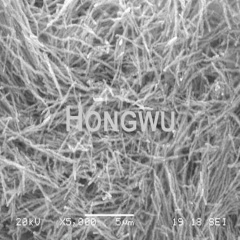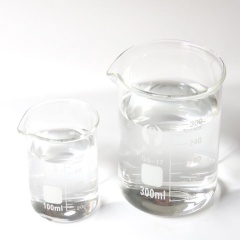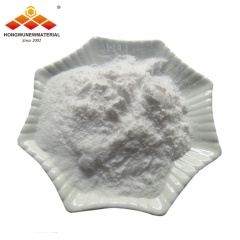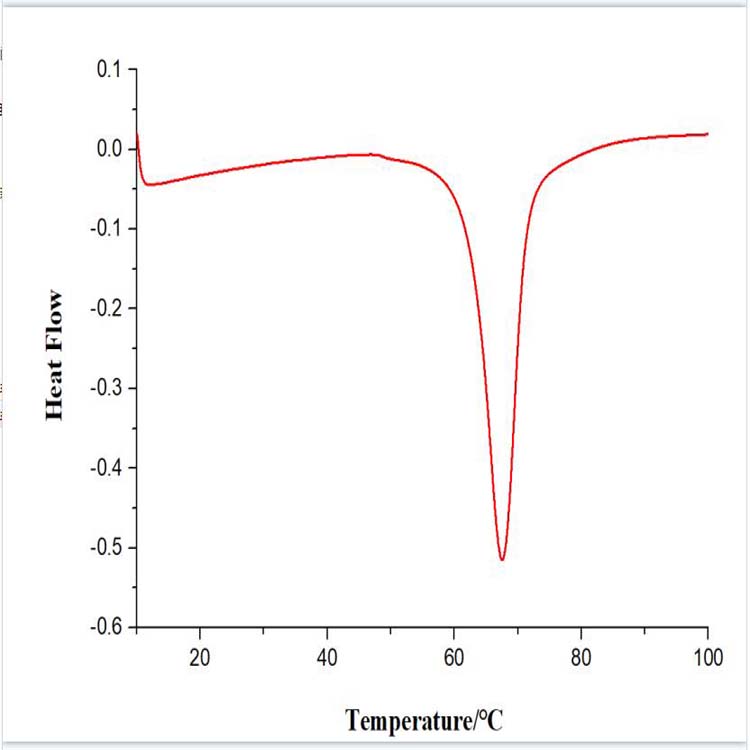As we all know, diamond is the hardest natural mineral in the world and one of the best thermal conductive materials. Therefore, when nanodiamonds are mixed with thermoplastic polymers in a controlled amount, they can make the plastic material conduct heat at a predetermined rate and have a high degree of wear resistance.
1. The 5G era is coming, and the demand for heat dissipation is increasingly prominent
At present, the more popular heat dissipation materials are mainly members of the nano-carbon material family, including nano-diamond, nano-graphene, graphene flakes, flake-shaped nano-graphite powder, and carbon nanotubes. However, natural graphite heat dissipation film products are thicker and have low thermal conductivity, which is difficult to meet the heat dissipation requirements of future high-power, high-integration-density devices. At the same time, it does not meet people's high-performance requirements for ultra-light and thin, long battery life. Therefore, it is extremely important to find new super-thermal conductive materials. This requires such materials to have extremely low thermal expansion rate, ultra-high thermal conductivity, and lightness. Carbon materials such as diamond and graphene just meet the requirements. They have high thermal conductivity. Their composite materials are a kind of heat conduction and heat dissipation materials with great application potential, and they have become the focus of attention.
2. The superiority of diamond heat conduction and heat dissipation
As a representative of the above-mentioned materials, diamond is the substance with the highest thermal conductivity in nature. The thermal conductivity can reach 2000 W/(mK) at room temperature, the coefficient of thermal expansion is about (0.86±0.1)*10-5/K, and it is insulated at room temperature. In addition, diamond also has excellent mechanical, acoustic, optical, electrical and chemical properties, which make it have obvious advantages in the heat dissipation of high-power optoelectronic devices, which also shows that diamond has huge application potential in the field of heat dissipation.
3. Diamond does not conduct electricity and is a good insulator
According to research findings, after 0.1% of the thermally conductive filler boron nitride in the polyhexamethylene adipamide (PA66) thermal composite material is replaced with nano-diamond, the thermal conductivity of the material will increase by about 25%. By further improving the properties of nanodiamonds and polymers, Carbodeon of Finland not only maintained the original thermal conductivity of the material, but also reduced the consumption of nanodiamonds during the production process by as much as 70%, greatly reducing production costs. The nano-diamond obtained by detonation synthesis method is very suitable for thermal conductive filler. The nano-diamond thermal conductive filler has no effect on the electrical insulation performance and other properties of the material, and will not cause tool wear. It is widely used in electronics, LED equipment, etc. Fields, such as chip heat dissipation and thermal conductive adhesive applications.


 English
English français
français Deutsch
Deutsch русский
русский italiano
italiano español
español português
português 日本語
日本語 한국의
한국의 Türkçe
Türkçe
















 8620-87226359,8620-87748917
8620-87226359,8620-87748917

